June crept up on me. Now here it is in all its blowsy breezy glory. The swifts often make me stop still when I hear them screaming overhead; wildness in the middle of a city, a link to the natural world on a school run marked by concrete.
I wrote a bit about how absolutely bonkers swifts are in my second book Rooted here:
I lean against the fence and watch a gang of swallows dart and skim and dive, arrows of blue-black, the white of their breast feathers flashing at me as they pitch and swerve to snatch insects in mid- air. They are so fast I think they must be swifts, because I have not looked carefully at either bird since I was a child and it is only later that I begin to learn how to tell the two apart. Standing, watching them, another memory returns. Sitting on the grass outside the back of my grandparents’ farmhouse on a summer’s evening like this. My grandmother shelling peas, grown by my grandfather, into a stoneware bowl. I sit next to her. Above us comes the scree, scree call of swifts. My grandmother points to the sky as they dart around the eaves of the farmhouse, in the same place bats would fly in the evening. I try to see them but they are a blur: too high and fast. Over a lifetime those swifts will have flown far enough to have made it to the moon and back five times. They have eaten, drunk, mated and slept in flight, a fact so beyond comprehension that it was not until an airman during the First World War shut off his engine 10,000 feet above the ground to glide silently above the enemy, and then found himself amidst the sleeping birds, that we believed it. I watch the swallows skim the meadow fields, still then unsure if they are swifts or not, and I think of how the life I have just left behind could sometimes feel like that. Eating, drinking and mating in flight, my feet never touching the ground. Until now.
Swifts were having a moment in the news last week, partly thanks to a long running campaign by Hannah Bourne-Taylor who has been fighting for ‘swift bricks’ to become mandatory in new buildings, something proposed by the previous government which has just been blocked by this one. The idea is that one solid brick is replaced with a £35 brick with holes. Swift numbers have crashed by 62% in approximately 25 years. Part of the reason is that they no longer have places to nest. I randomly once went to a new-build development that had used swift bricks in their houses and will never forget the sight and sound of gangs of swifts screaming and spinning up and down the otherwise urban streets. Swift bricks work. I’ve seen it for myself.
Mandating for the inclusion of swift bricks in the building of new homes is - as was said in this weekend’s Sunday Times - a ‘no brainer’, so wrote Jeremy Clarkson who, despite all his petrol-head-big-boy energy, I’ve long suspected to be a secret twitcher.
Hannah along with the RSPB & Rewriting Extinction has been running a campaign about all this - it’s here if you want to get involved.
Last week I also trooped across to London’s Science Museum to hand over my copy of my hero, Eve Balfour’s, book: The Living Soil (small cheer to Oxfam books for selling out of print copies for way less than ebay; plus - in this case - a bonus photograph of the author stuck to the inside jacket with a signature).
On 24th July, the Science Museum will launch their first big exhibition about the past, present and future of food and farming for three decades. It runs until next January and I’ll tell you what I make of it when it opens but I’m kind of pleased my The Living Soil will be a part of it. The book is out of print, despite being a bestseller when it was published and rousing such an energy it was one of the catalysts for the formation of The Soil Association, now one of the organic regulators and a major player in driving techniques in agro-ecological farming. I fell for Eve hard when I was learning about organic farming, not only because her farm was half an hour away and because of her revolutionary work on soil but also because she was just so damned cool. I mean anyone who leads rebellions against taxes, gets arrested (twice), learns how to fly a tiger moth plane, parts her Rolls Royce by welding a bed on the top so she can sleep on the go, plays the saxophone in a jazz band to earn extra cash and writes a bestselling series of crime fiction with her long-time lover is someone I wish I’d known.
I wrote her into my fantasy dinner party for the FT her a while back and then persuaded Matthew Parris to let me and my other hero, Patrick Holden of the Sustainable Food Trust talk about why she’s so brilliant and woefully underrated on BBC Great Lives here if you want to have a listen. I also wrote a review of her book for Foxed Quarterly which slips in my own private theory as to why her book may not have stuck around.
Other random occurrences last week included a microbes conversation with my mate, the podcaster Helena Hemming, where she proposed the idea that our cravings for unhealthy food may not only be down to the nature of the food themselves (aka Van Tulleken’s UPP) but because the microbes in our gut which feed off them also make us crave them. We have, we now know, fewer human cells in our bodies than microbes. And as was discussed in this BBC Rare Earth programme I appeared on, it may be that our decisions aren’t always as autonomous as we think. Do we want to eat the donut, or do our MICROBES want us to eat the donut? You tell me…
Also week I also had the surreal experience of being invited for a IRL Pilates session with a women who has been part of my daily life for over two years. I started the half hour Meet You At The Baare pre-recorded classes to help my back. Jen Brown’s classes did this, but also so much more. Starting every day getting out of my head and into my body has both a kind of mediation and a lifeline.
Being inside a studio and home I’ve only seen glimpses of on my laptop was also a bit like watching Neighbours for years on your telly then finally getting to visit Ramsey Street. Not that Jen’s home looks like Ramsey Street, but you get the idea. As you can see I played it really cool.
It also made me think hard again about the mind/body connection and the power our thoughts have over our body. A book I’ve listened to twice about this is The Mindful Body by Ellen Langer, who has spent her career trying to get this connection into peer reviewed research. The studies she’s undertaken are extraordinary (listen out for the one where a group of people take a test in a room where, unknown to them, people had just been mediating for an hour. I know).
Then this Sunday I took the boys to a friend’s cricket party which apart from seeing this excellent wall-of-rebellious-flowers (pictured) was also British countryside comedy at its best, in all the nicest ways. Small kids in cricket whites swigging coke cans. Middle aged dads trying / failing not to be too competitive when bowling at a ten year old. People trying to stop their dogs mounting one another. Masses of cake all piled onto a gently sagging trestle table. A stainless steel tea urn that blew the pavilion’s fuse box every time it was switched on.
The drive through the Cotswolds was banked by hedgerows filled with elderflower and so, on the way home, the boys and I stung ourselves to bits on nettles plucking flower heads to make cordial. Here’s a recipe in case you fancy doing the same. I’ve learned that the best way to use it is to freeze it in ice cube trays/bags then pop them out and dilute each time you fancy a glass of mid-summer. Blowsy June in a jug.
Moments of time feel especially fragile when children are small. An hour seems to take a day when wiping, waiting, persuading, consoling. Then suddenly all the hours have passed and the children are real people coming out with lines like
‘Mumma if you got really ill and nearly died…’
‘Yes?’
‘Can you tell me what it feels like?’
I am not one for holding on to time too tightly. I think what is meant for us comes to us, and sometimes when it is no longer for us, it goes. But I do sometimes wish I could freeze some moments like an elderflower ice cube. Especially child related ones. A small high laugh. The smell of skin on a limb that’s been in hot sun. Little fingers clasped around the back of your neck even though the body appears to be sleeping. I don’t want to hold them in place in time and stop them becoming who they are but I’d like to hold those moments. Maybe though just noticing them with enough attention is enough. In the same way that those frozen ice cubes in October will be a ghost of June and not the real thing, at least the memory will make me close my eyes and go back to the day we picked elderflower heads in a bank of nettles. Maybe really noticing; really paying attention - so that one day I can pluck the detail of that memory out of my mental cabinet - is enough.
TO READ
If the swift stuff gets you going then you might also like Mark Cocker’s book. I once heard him talk at EA Sustain where he explained the eternal mystery of the ecological purpose of mosquitos. Baby swifts. They apparently eat so many that by body weight they are more mosquito than bird. You’re welcome. Have a look at the talk he did at Groundswell - the regenerative farming festival taking place for its sixth year this 3rd & 4th of July - on their YouTube Channel (on which note: WHO’S GOING THIS YEAR..?) -

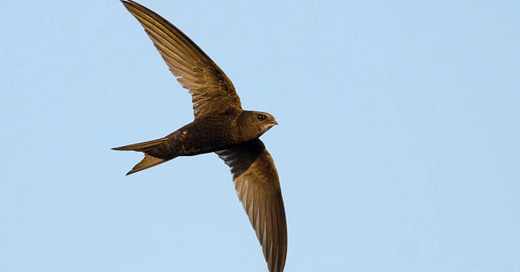




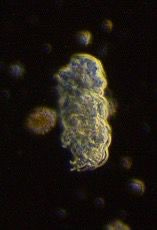

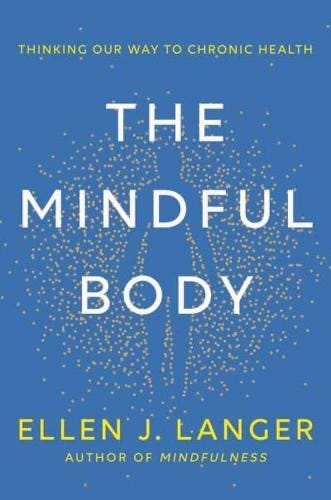
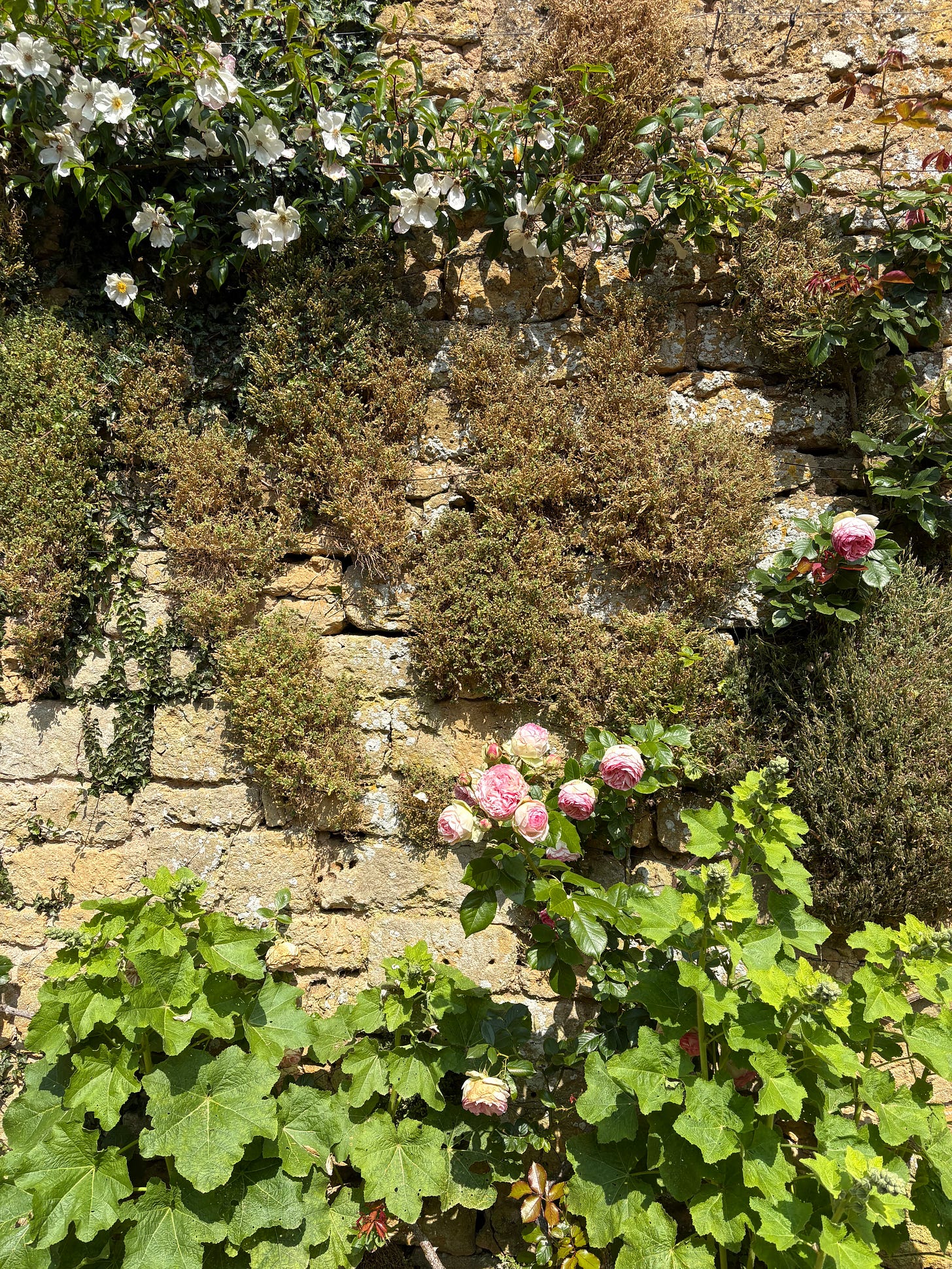

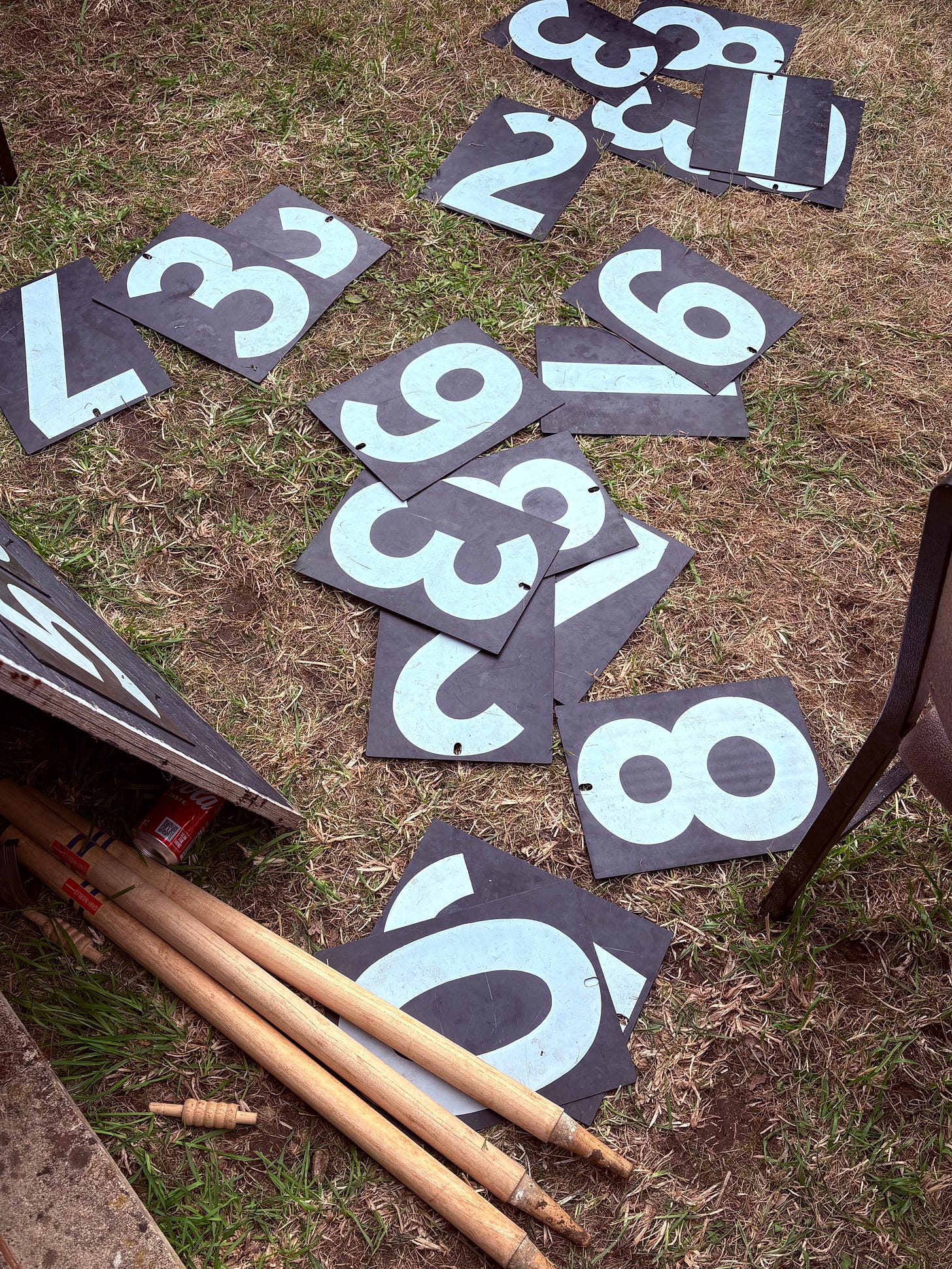

Thank you, looking forward to listening to your Great Lives piece and do hope The Living Soil is reprinted sometime soon.
Thinking out loud.. if all us farmers, big & small, got a swift box up on each of our sheds (old suffolk barns, grain stores, spray sheds, huge new steel sheds etc etc That would be a lot of new nesting spots. Why stop at houses and towns?